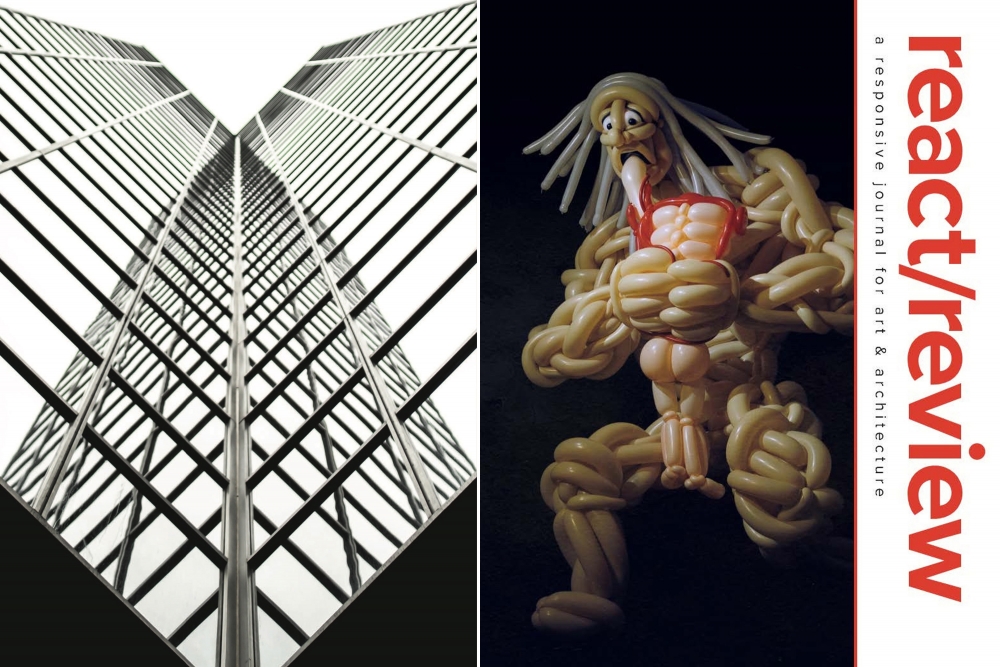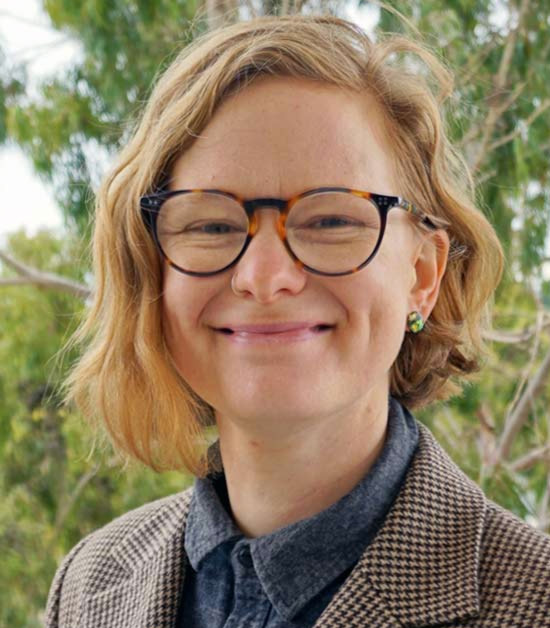


When the organizers of the 2020 Art History Graduate Student Association Symposium at UC Santa Barbara had to cancel it because of COVID, they decided the show must go on — just in a different form. So they started the peer-reviewed “react/review: a responsive journal for art & architecture” on eScholarship, the University of California’s open access platform.
The journal takes its theme from the symposium, publishes select papers presented at the event and expands that theme to include other voices through an open call for papers.
As Taylor Van Doorne and Felicity Good, the History of Art & Architecture graduate students who founded the journal after COVID canceled the symposium, wrote in Volume 1, “Representation, Materiality & the Environment,” “react/review is a journal shaped by reactions. … We envision this journal as a reaction to research trends and current global events, but we employ the term to also signal the discursive element of this project. In other words, react/review is a responsive journal.”
HAA graduate students Megan J. Sheard and Rachel Winter are co-managing editors of Volume 2. Titled “The Spirit in the Shadow,” its theme comes from the 2021 symposium organized by HAA grad students Sara Morris and Elizabeth Driscoll Smith. Sheard and Winter write that it reexamines “the nexus between otherworldliness, shifting political power, and reactions to dire circumstances.” It’s not all explicitly about art history, Winter said, because it isn’t an isolated field.
“Formerly, the discipline was quite focused on connoisseurship, and was confined to the image,” she said. “Now, the image remains the central element, but art historians expand far beyond it in order to better understand what we see. Thus, including papers outside the scope of art and architectural history speaks to the way that art historians work today, which is expansive, exploratory and interdisciplinary. That’s why this edition includes topics like zine art and death metal: we think a range of aesthetic phenomena is worthy of consideration, and that the tools of art history can be used outside of the subjects that are its ‘canon.’ ”
Looking ahead, Sheard said she hopes the journal will become a platform for grad students and early career scholars to publish their work. “It can be hard to find venues to publish,” she noted, “especially which are open access, and so we hope people will consider publishing with us.”
In addition, Sheard and Winter hope it will become known for the ways they help their fellow scholars. The editorial team and the co-managing editors do considerable in-depth editing and peer review, which they do to help their contributors feel confident about their writing.
“It’s also proved to be amazing training for ourselves and our team in peer review, editing and publishing processes — we’ve learned so much!” Sheard said. “The co-founders conceived of making the journal responsive, with our own graduate student editors having a chance to publish short responses to the feature articles, and we really like the way this opens up space for different kinds of contributions and makes the journal conversational.”
It is also built to last. Grad student journals can be difficult to sustain; the people who run them have a lot on their plates. That’s why this journal was created with longevity in mind, Sheard said, with protocols built in to keep it going, including a faculty advisor position and collaborating with the UC’s publishing platform and library staff.
“We have a group of dedicated individuals who are committed to also continuing the journal while they’re in the program,” Sheard said, “but this group also trains the next group who will carry on the journal as new people join the team. We’re confident we’ve done what we can to preserve the journal as a long-term effort that will make an impact within the humanities.”
But Sheard and Winter see the journal as more than a publishing platform. As grad students in the humanities, publishing is key to furthering their careers, and understanding the publication process can give them a leg up. In addition, being an editor or participating in the peer review process is considered service.
“Being an editor can also be a paid opportunity, whether in addition to another career, or as an alternative to academia,” Winter said. “Thus, graduate journals like ours are important opportunities to build critical skills that will help graduate students in the humanities to further both academic and alt-academic careers after graduate school.”



